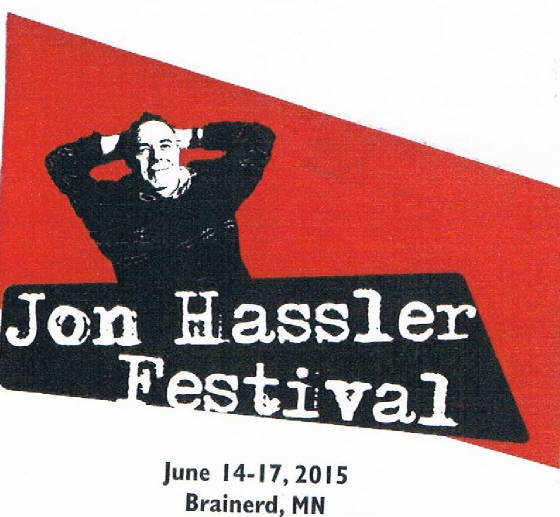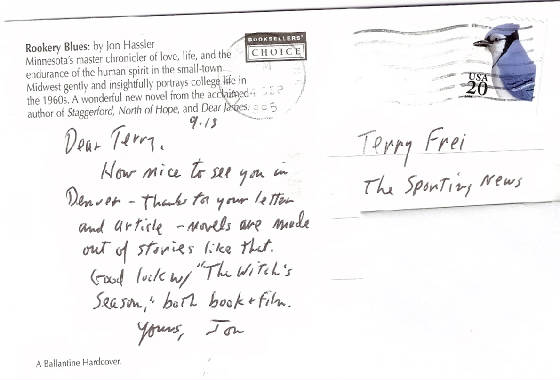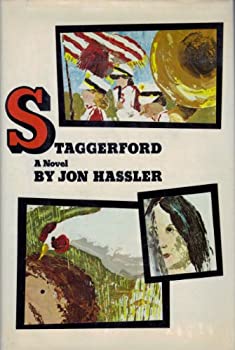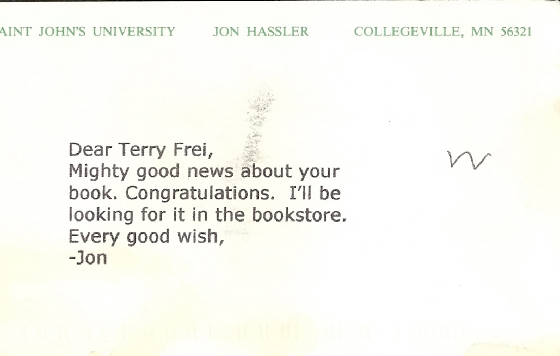|
|
HOMEInstitutional Knowledge commentariesBioFilm rights, Screenplays, RepresentationOlympic Affair: Hitler's Siren and America's HeroTHE WITCH'S SEASONThird Down and a War to GoHORNS, HOGS, AND NIXON COMING'77: DENVER, THE BRONCOS, AND A COMING OF AGEMarch 1939: Before the MadnessPLAYING PIANO IN A BROTHELSave By RoyA Selection of Terry Frei's writing about World War II heroesThe OregonianThe Sporting NewsDenver PostESPN.comGreeley TribunePress CredentialsThey Call Me "Mr. De": The Story of Columbine's Heart, Resilience and RecoveryOlympic Affair: Chapter 1, Leni's VisitOlympic Affair: Chapter 15, Aren't You Thomas Wolfe?The Witch's Season Excerpt: Air Force Game, Bitter Protest, a Single ShotThird Down and a War to Go genesis: Grateful for the Guard, Jerry FreiHoneymooners Meet the Boys of SummerTommy Lasorda, the Spokane Indians, and My Summer of '70Smoke 'em inside: On Ball Four and Jim BoutonEarthquake at the World SeriesMosquito BowlA Year with Nick Saban before he was NICK SABANJon Hassler, Terry Kay and other favorite novelistsKids' sports books: The ClassicsBig Bill Ficke's Big HeartBob Bell's Food For Thought
|
Originally posted circa 2015
The highest compliment you can give an author is to hand a book to a friend and say: “Read this.”
Your friend will say, “What is it?”
And you say, “Shut up and read it.”
Since discovering novelist Jon Hassler, I’ve had that conversation — or variations thereof — with friends dozens of times. I still remember coming across a new paperback copy of Hassler’s novel, Staggerford, on the “local authors” table at a bookstore in the Minneapolis-St. Paul Airport while heading home from covering the World Series. (I remember the incident vividly, but don’t know if it was 1987 or 1991.) At the time, I had no idea who Hassler was, but the book looked interesting to me, as did the “blurb” on the cover from a Los Angeles Times review that proclaimed Hassler an author “good enough to restore your faith in fiction.” Staggerford was published as a hardback in 1978 and had disappointing sales, even after being the rare first novel to get a New York Times review — and from Joyce Carol Oates, no less, who did the public a great disservice with her lukewarm review that delayed Hassler’s acceptance as a great novelist. Believe me, I understand how a soundbite quote from one lukewarm review, the one exception among otherwise rave reviews from journalists, fellow writers and the general public, can haunt an author.
I devoured Staggerford and loved it for its subtlety, sardonic humor and human touch. I’ve given away perhaps 20 copies of Staggerford, whether a rare copy of the hardback or paperback copies I’ve bought at St. Vincent de Paul for 25 cents. I’ve recommended it to many others. I’ve hooked family and friends on Hassler. Since buying that first copy of Staggerford, I first filled in my collection of his works up to that time, and then bought every one of his later books when they came out.
Staggerford became such a cult favorite, Hassler in 1999 published his journal from the time as, My Staggerford Journal. It is a must read for every would-be or new author. The end of the book, where he finds remainder copies of the hardback at a store for something like $1 apiece, gathers them up and then attempts to write a check to pay for them, brings a smile. (With his name and picture on the book jacket, he was asked to show ID.) The hardback now is very valuable.
Years before any of my books were published, I wrote him a fan letter. I was astounded when I got a note back, and he said he was familiar with my work in The Sporting News, where I was working at the time. He even mentioned a story I had written. He might have done some quick research and was just being nice, but I still was flattered. We stayed in touch, not frequently, but intermittently and casually as he split time between Minnesota and Florida, and he even tried to get his publisher and editor to consider publishing my novel, The Witch’s Season, which I had started in high school. The novel remained unpublished for many years for a lot of reasons, some of them complicated, although it drew initial movie interest when the manuscript was being passed around. The screenplay version I was commissioned to write still is floating around, along with two others I've done. Boy, do I have stories…
I attended a Hassler appearance at the Tattered Cover in 1995 (for Rookery Blues) and and we had a nice talk. During the question-and-answer session, I had the nerve to ask what anyone who has read Staggerford wants to know: Why did he end it the way he did? I figured anyone at the Rookery Blues signing had read Staggerford. (One sportswriter friend I had given Staggerford called me at 2 in the morning, screaming that the powerful ending had blindsided her. I knew the feeling.)
Hassler sent me the above postcard in 1995 shortly after his TC signing. Eventually, of course, I turned to non-fiction — and got published. And I was able to branch out into fiction with, yes, The Witch's Season (2009) and what I consider my best book, Olympic Affair (2012). Each time I've done signings and presentations at the Tattered Cover -- I'm up to seven now -- I’ve always thought of Hassler. I still have the note he sent me congratulating me on the publication of Horns, Hogs, and Nixon Coming, released by Simon and Schuster in 2002. He was ill by then and couldn’t write longhand.
I keep reading (and re-reading) Hassler’s books. I’m probably up to 10 times for Staggerford. I filled out a hardback collection. I’ve come to decide that Simon’s Night, his second book, is at least on a par with Staggerford. (It takes a mature outlook to truly appreciate it.) I loved the original Staggerford trilogy, which also included A Green Journey and Dear James. He still had his fastball through many years and I was among those marveling at how his books, with his trademark sense of humanity and sardonic humor, got better with each re-reading. I also can make cases for Grand Opening or North of Hope as his best novel.
Whenever I visit a bookstore, whether a chain or an independent, I check the fiction section to see if it has a copy of Staggerford, either the mass market paperback or trade paperback. Not all good stores always have it; but all stores that have it are good stores. Unfortunately, more stores now stock his later Staggerford sequels, The Staggerford Flood, The Staggerford Murders and (the best of the three) The New Woman. There’s nothing wrong with them, but the earlier books are far better vehicles for being introduced to Hassler and provide context and background for the final sequels. Or, sadly, many of the surviving brick and mortar bookstores don't stock Hassler books at all.
Start with Staggerford.
Read it.
You’ll thank me.
Thanks, Mr. Hassler.
Hassler died in 2008, and the news left me shaken. I'm sad I was never able to send him a signed copy of The Witch's Season ... or Olympic Affair. Here’s the obituary. Author Jon Hassler dies By JEFF BAENEN Associated Press Writer MINNEAPOLIS (AP) —
Author Jon Hassler, who chronicled the foibles of small-town life in “Staggerford,” “Grand Opening” and other novels after starting his career late in life, has
died. He was 74.
Hassler, who suffered from a longtime neurological disorder, died early Thursday at Methodist Hospital in St. Louis Park, said family friend Nick Hayes. Hassler had been in home hospice care since the holidays and entered the hospital on Monday, Hayes said.
Despite his deteriorating health, Hassler continued work on a book, “Jay O’Malley,” until his death, Hayes said.
In a 1995 interview, Hassler told The Associated Press that he liked writing about misfits. “You can’t write a novel about somebody who’s perfectly happy,” he said.
Hassler was born in Minneapolis in March 30, 1933, and grew up in the small north-central Minnesota town of Staples, where his father owned a grocery store. He graduated from St. John’s University in Collegeville in 1955 before receiving a master’s from the University of North Dakota. He spent years teaching before launching his writing career at 37. He didn’t publish his first novel, “Staggerford,” a semi-autobiographical story about a high school teacher in a small town, until seven years later. Hassler’s other works include “Simon’s Night,” 1979; “The Love Hunter,” 1981; “A Green Journey,” 1986; “Grand Opening,” 1987; “North of Hope,” 1990; and “Dear James,” 1993.
Terry Kay and other favories
All writers have a "favorites" bookshelf or two. Mine are here in my den. Other books -- very good books, books I love -- are in other shelves, or storage bins, or boxes. These are the fiction authors whose books I love and re-read. In addition to the works of the writers above, the authors on my "favorites" shelves include: -- Terry Kay. Among them, To Dance With the White Dog, Shadow Song, Taking Lottie Home, The Book of Marie and the non-fiction essays of Special Kay. A former newspaper sportswriter and theater critic, he also has written the wonderful screenplay adaptation of White Dog, and the film starred Jessica Tandy, Hume Cronyn and Esther Rolle. I've been an admirer of his thoughtful fiction for many, many years.
I met him when we both appeared at the Arkansas Literary Festival in 2004. I most recently caught up with his list and read his terrific The Book of Marie, which while not a sequel is an outgrowth of his earlier book, The Runaway. I found myself going right back through it a second time to check for what I "missed" and to have the perspective of knowing how it turned out without having cheated. It especially resonated with me because its characters, major and minor, often reminded me of folks in my past. And for those of you who have read it: I'm convinced Marie knew that was Cole at The Fantasticks.
Terry wrote a cover blurb for my novel, Olympic Affair, and I'm proud that his praise is prominent on the back cover of the book itself, on my web site and in listings. He passed away in 2020. He lived in Athens, Georgia, and I regret that I didn't get to visit him and get to know him better.
-- Pat Conroy. (My favorite always will be The Great Santini.)
-- Garrison Keillor.
-- Mark Harris. (The "Author" Wiggen baseball novels.)
-- Damon Runyon.
-- Herman Wouk (the World War II novels).
-- Joseph Heller. (My father, the WWII pilot subjected to raised number of missions or combat flight hours necessary to complete a tour of duty, annually read Catch-22. I'm up to about five times.)
-- Richard Russo.
-- Roy MacGregor, for The Last Season, the greatest hockey novel of all time.
-- John Irving, most notably his first novel, The World According to Garp. |




